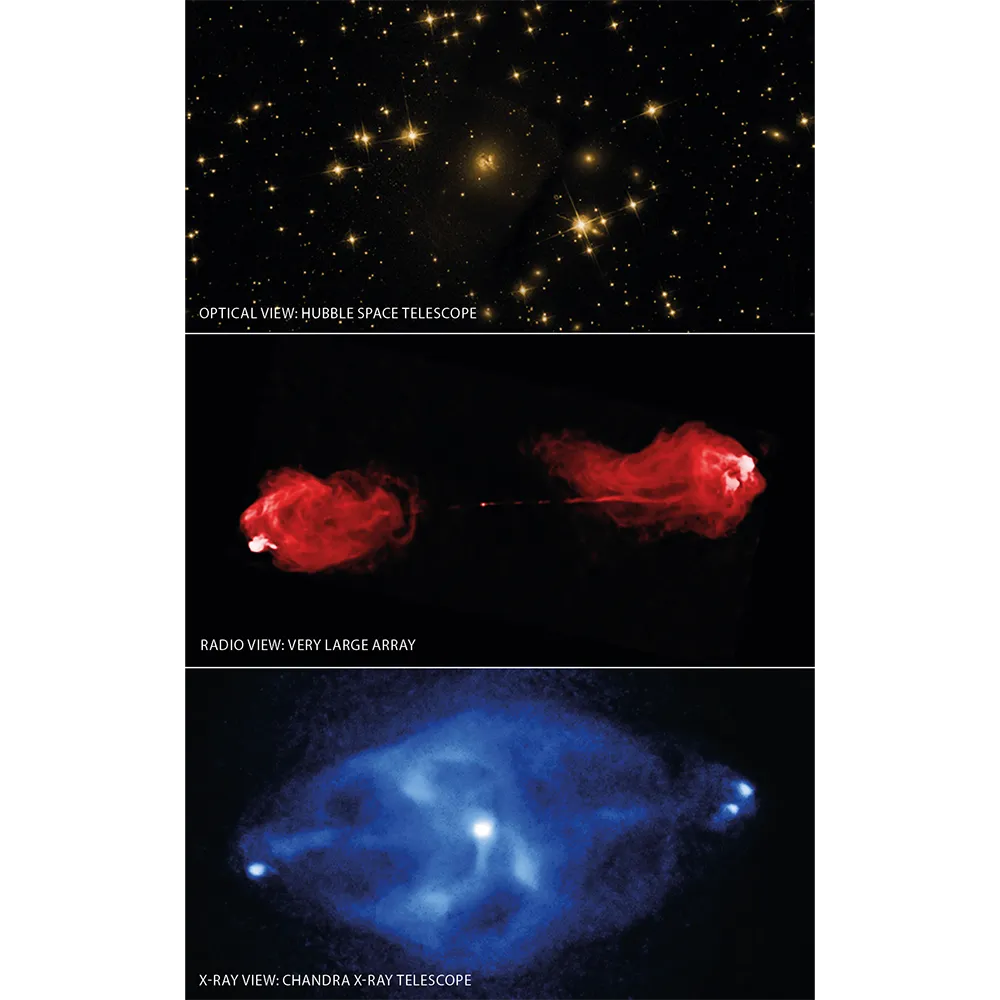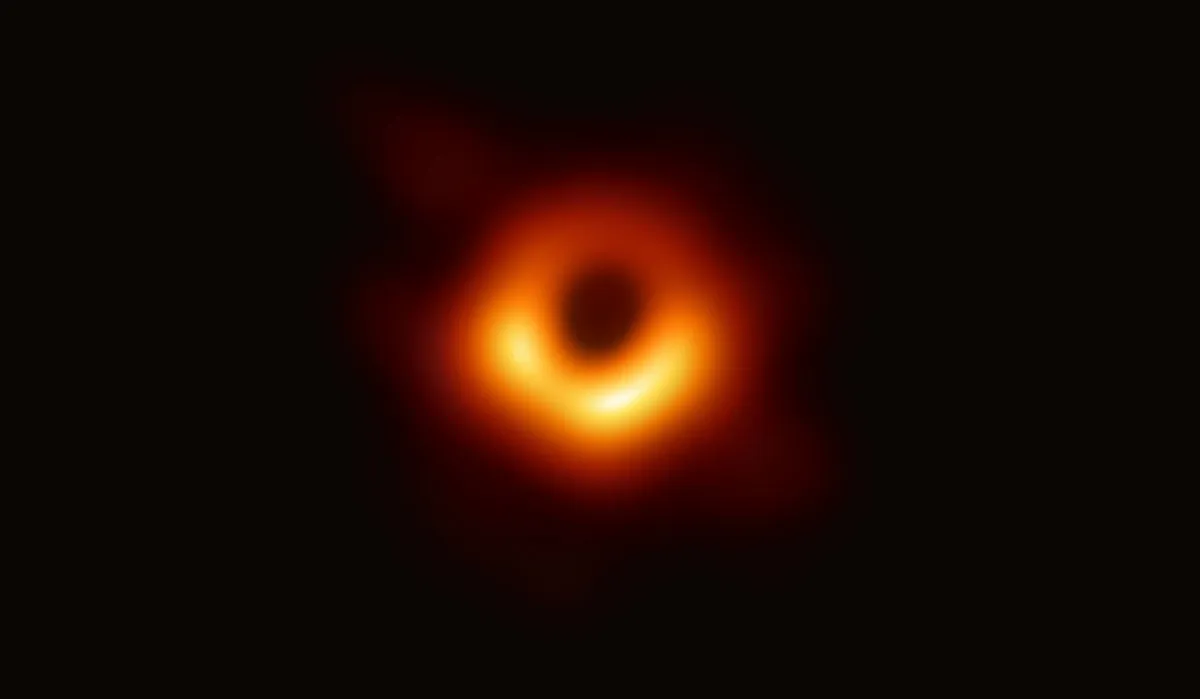One of the more frustrating things about being an astronomer is that we can’t go and have a close look at our favourite objects.
Instead, we have to gather as much information as we can while we’re stuck here on Earth.
That means collecting radiation across the electromagnetic spectrum (as well as particles and gravitational waves where we can).
I think of it as resembling a jigsaw, where each bit of information we collect, whether it’s visible light, radio waves or X-rays, is like a separate piece. Only when you put them all together do you get a complete picture.
2020 marks the 75th anniversary of the first observations at Jodrell Bank Observatory (originally called the Jodrell Bank Experimental Station).

Bernard Lovell established the station after he returned from the Second World War as he was determined to use the radar technology (which he had helped develop for defence) to further his study of cosmic rays: high-speed charged particles arriving from outer space.
In his attempts to detect radar echoes from these cosmic rays – a task he never managed – Lovell built larger and larger radio aerials.
These turned out to be perfect for studying radio emissions from the distant Universe. He had accidentally become one of the first radio astronomers.
Listen to our interview with Tim on our podcast recorded at Bluedot Festival 2019:
The revolution of radio astronomy
For thousands of years, people had looked at the sky with their eyes: first on their own, and then through telescopes. But when Lovell and others started to look at the Universe with radio eyes, they saw completely new things.
Instead of the stars in the night sky, a radio telescope sees the stuff between the stars, the radio waves produced by electrons spiralling around the magnetic field of the Galaxy.
Scattered across the sky we see what look like stars, but these turn out to be bright points of radio light from the regions around supermassive black holes at the centres of other galaxies.
One of these ‘radio stars’, the galaxy Cygnus A (pictured below) is in the constellation of Cygnus, The Swan, and it’s a good example of the power of multiwavelength observations.
Despite it being one of the brightest objects in the radio sky, there was nothing obvious when the astronomers looked at that position with optical telescopes.
Just a faint fuzzy nebulosity was visible; at the time it was thought that this might be two galaxies colliding.

Unfortunately, the view with a single radio telescope is blurred and a source like Cygnus A just looks like a large featureless blob.
In order to get a sharper view, radio astronomers began connecting together multiple telescopes separated by large distances – a technique known as interferometry.
This method overcame this limitation, resulting in the sharpest views available to astronomy. (A recent example is the Event Horizon Telescope’s image of the supermassive black hole in M87.)
By using this approach in the 1950s, Roger Jennison and Mrinal Dasgupta showed that the visible nebulosity of Cygnus A was situated between two bright sources of radio emission.

Modern views of Cygnus A, and other radio galaxies, show that the two radio lobes are produced by jets of material shooting from the centre of a galaxy in opposite directions.
We can now look back and see that these remarkable objects remained undiscovered until we looked at the sky with radio eyes.
Whenever we look at the sky at a different wavelength, we discover something new: another piece in the cosmic jigsaw puzzle whose full picture is still emerging.
Tim O’Brien is a Professor of Astrophysics and is Associate Director of Jodrell Bank Observatory. Follow him on Twitter @ProfTimOB.
This article originally appeared in the October 2020 issue of BBC Sky at Night Magazine.